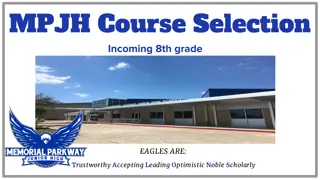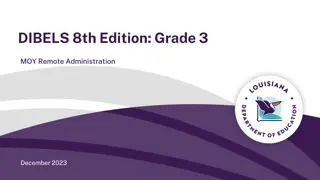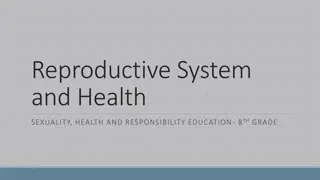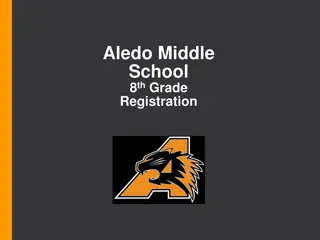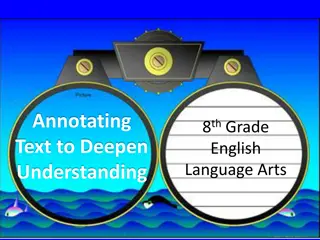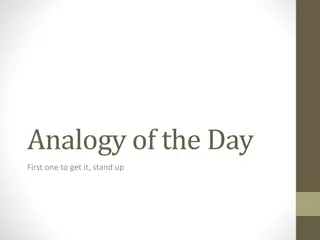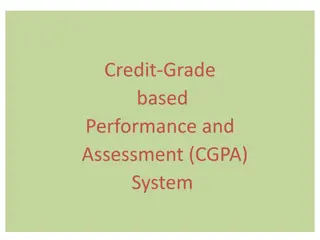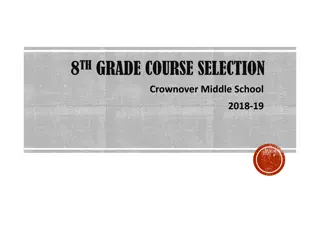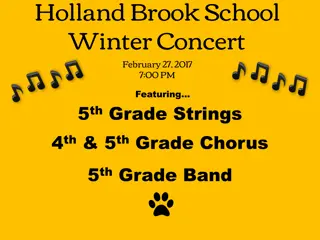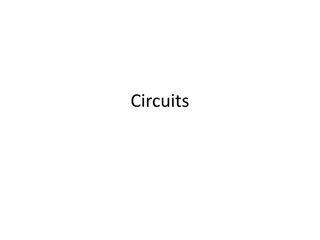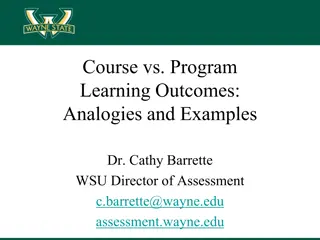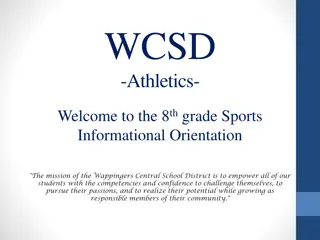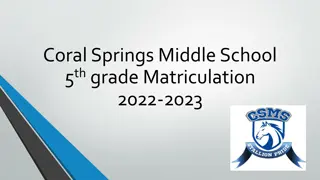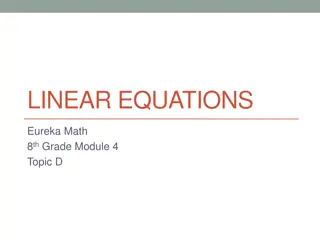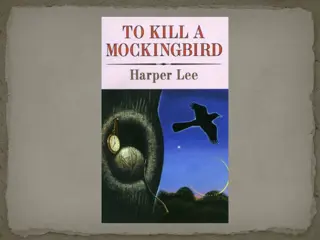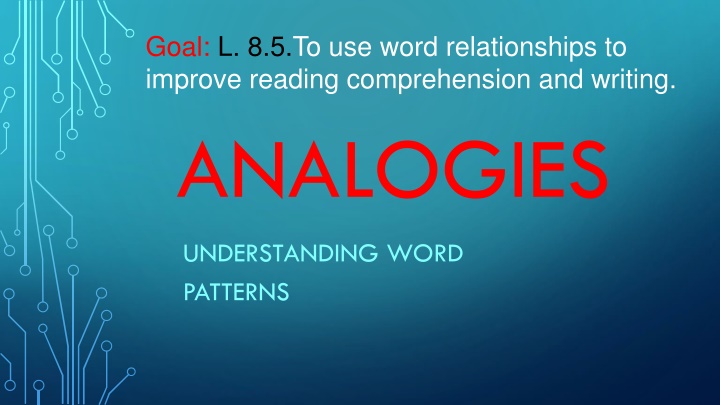
Understanding Word Relationships through Analogies
Explore the concept of analogies to enhance reading comprehension and writing skills. Learn how to identify relationships between words, construct analogies, and recognize different types of analogies such as synonyms, antonyms, part and whole, and characteristic/quality relationships.
Download Presentation

Please find below an Image/Link to download the presentation.
The content on the website is provided AS IS for your information and personal use only. It may not be sold, licensed, or shared on other websites without obtaining consent from the author. If you encounter any issues during the download, it is possible that the publisher has removed the file from their server.
You are allowed to download the files provided on this website for personal or commercial use, subject to the condition that they are used lawfully. All files are the property of their respective owners.
The content on the website is provided AS IS for your information and personal use only. It may not be sold, licensed, or shared on other websites without obtaining consent from the author.
E N D
Presentation Transcript
Goal: L. 8.5.To use word relationships to improve reading comprehension and writing. ANALOGIES UNDERSTANDING WORD PATTERNS
WORD ANALOGIES Analogies develop logic. Analyze two words and identify the relationship between them. Find another pair of words that has the same relationship.
ANALOGY CONSTRUCTION FIND : LOCATE :: lose : misplace Colon stands for the phrase is related to FIND [is related to] LOCATE LOSE [is related to] MISPLACE Double colon (::) stands for in the same way that Or simply FIND is to LOCATE as lose is to misplace.
TYPES OF ANALOGIES What s the relationship? DRY : ARID :: lost : mislaid Both words have similar meanings so this relationship is a SYNONYM
TYPES OF ANALOGIES What s the relationship? KIND : CRUEL :: happy : sad Both words have opposite meanings, so their relationship is an ANTONYM.
TYPES OF ANALOGIES What s the relationship? CHAPTER : BOOK :: fender : automobile A chapter is a part of a book just as a fender is a part of an automobile. Part and Whole What happens if you switch book and chapterin this analogy? BOOK : CHAPTER :: fender : automobile Invalid analogy
PART AND WHOLE CONTINUED What s the relationship? POEM : STANZA :: play : acts It s still PART AND WHOLE, but this time the whole comes first. We could call it WHOLE AND PART.
TYPES OF ANALOGIES What s the relationship? MIRROR : SMOOTH :: sandpaper : rough Mirrors are characteristicallysmooth just as sandpaper is characteristicallyrough. CHARACTERISTIC/QUALITY
TYPES OF ANALOGIES What s the relationship? POLKA : DANCE :: frog : amphibian :: BIRD : CARDINAL :: house : igloo A polka may be classified as a dance; a cardinal is classified as a bird. CLASSIFICATION
TYPES OF ANALOGIES What s the relationship? GIFT : JOY :: rain : flood TEARS : SADNESS :: smiles : joy A gift can causejoy; tears are an effect of sadness. CAUSE AND EFFECT
TYPES OF ANALOGIES What s the relationship? KNIFE : CUT :: shovel : dig The function of a knife is to cut. FUNCTION
TYPES OF ANALOGIES What s the relationship? FISH : SEA :: moose : forest A fish can be found in the sea, just as a moose can be found in a forest. LOCATION
TYPES OF ANALOGIES What s the relationship? CHUCKLE : LAUGH :: whimper : cry These words differ in degree. One is more intense than the other. DEGREE
TYPES OF ANALOGIES What s the relationship? CASHIER : CASH :: plumber : pipe A cashier works with cash, just as a plumber works with pipes. PERFORMER AND A RELATED OBJECT
TYPES OF ANALOGIES What s the relationship? AUTHOR : WRITE :: chef : cook You expect an author to write, just as you expect a chef to cook. PERFORMER AND A RELATED ACTION
TYPES OF ANALOGIES What s the relationship? BOIL : EGG :: throw : ball You boil an egg, just as you throw a ball. (In these items, the object always receives the action.) Action and a related object



